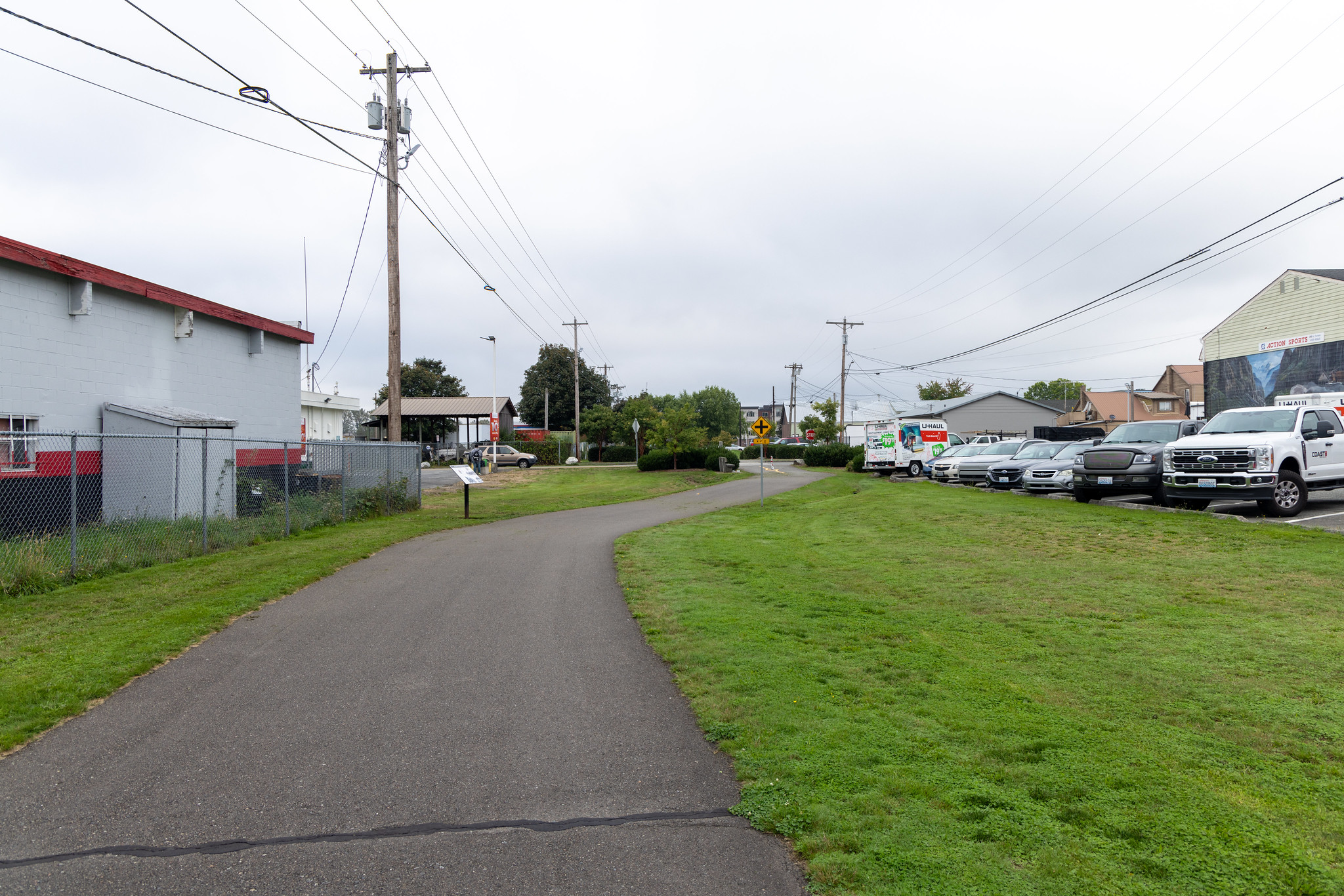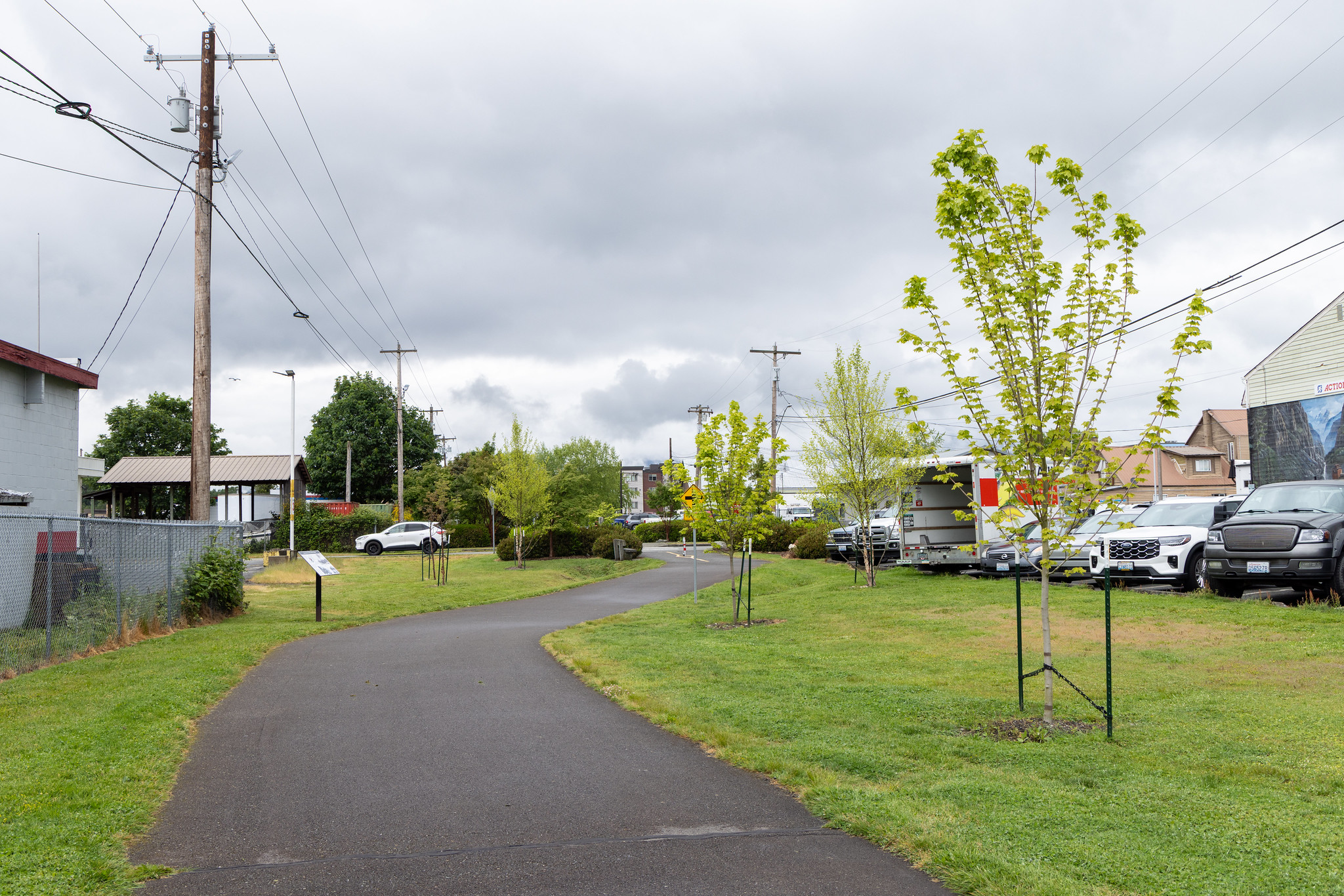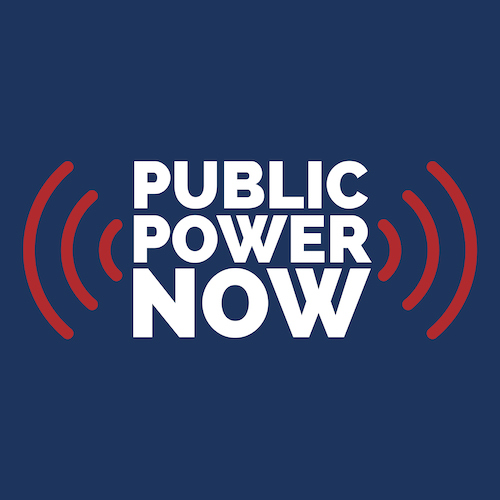By Sheri Miller, Energy Services Program Manager, Snohomish County Public Utility District
Rising summer temperatures have increased the demand for air conditioning in Snohomish County, Washington. Historically, Snohomish County PUD’s demand peaked in winter, but with steadily climbing summer temperatures, higher air conditioning loads are transforming it into a dual-peaking utility.
Our team began outlining a tree-based heat mitigation program in April 2022, designed to cool Snohomish County and mitigate load surge during summer months. In 2023, SnoPUD was awarded a $75,000 grant from the American Public Power Association’s Demonstration of Energy and Efficiency Developments, or DEED program, to show how a utility-led urban forestry program could reduce heat island effects and help offset climbing AC loads.
For the work to begin, the team needed to understand the locations of the most intense heat islands in our service territory. We partnered with Earth Economics, a research nonprofit, to create a heat island map and then added layers including average income, existing tree canopy, impervious surfaces, and the Centers for Disease Control and Prevention’s Social Vulnerability Index. The five layers of mapping allowed us to use data, such as heat island risk, to prioritize where the program would be most effective and impactful.

The utility augmented its extensive in-house expertise with local partners, including contracting with Forterra NW, a national forestry company with in-depth knowledge of arboriculture and program development, to launch the program. Once we had marshaled a team of forestry and tree subject matter experts, work began to build a program supported with the DEED grant.
This collected expertise allowed SnoPUD to calculate the average kilowatt-hours saved per tree planted by taking the various trees that would be used in the program and aggregating them within an average. This included incorporating data from i-Tree, an urban and rural forestry analysis platform from the U.S. Department of Agriculture, to ensure measurement accuracy.
We ended up with a massive spreadsheet that included greenhouse gas emissions and kilowatt-hours saved per tree. We compiled a list of the trees we felt would be the most popular in this program, analyzed them as a group, then averaged the results together to determine our kilowatt-hours saved.
Using i-Tree’s calculations, SnoPUD determined that each tree would provide an average of 101 kWh in energy savings in the first year, with savings increasing as the trees grow and provide more shade.
Now that we had identified our approach to creating savings, we knew we had to market the program to customers. We named the program Tree Relief for Energy Efficiency, or TREE Power, so that it would be easy for customers to remember.
The program has two components: first, government, quasi-government, and nonprofit organizations can apply

to fund their urban forestry projects; second, customers can donate directly to support these projects. Any SnoPUD customer can donate towards these projects, and their donations are included in their monthly billing statements. All funded projects must provide public access to allow customers to visit the forestry projects they have supported.
The online application launched on April 10, 2024, Washington State Arbor Day, and customer donations began in November 2024.
Shortly after the program launched, four applications were submitted — all from municipal governments. The SnoPUD team evaluated each project along a scoring rubric. These projects were diverse and included proposals to add trees along a popular paved walking and bicycling trail, around a parking lot near a park in a neighborhood with a high proportion of residents with low incomes, and near community gardens adjacent to a popular hiking area.
SnoPUD proceeded with funding three of the proposed projects for a total of $28,426.30. The fourth project, to develop rain gardens in city street intersections, required additional infrastructure work before trees could be planted. (The project was resubmitted for the 2025 application and was awarded.)
For each project, TREE Power’s lead arborist preapproved the tree locations and species, one of which was giant sequoias. The three projects led to about 60 new trees funded in 2024 and 80 in 2025.
The results have shown how tree canopies provide a direct and immediate cooling effect on surrounding buildings and pavement. The cumulative energy savings from planting these trees is about 20,402 kWh so far — a figure projected to rise as the trees grow and the program’s scope expands.
Our team has already heard from other PUDs across Washington state that are considering their own urban forestry programs and plan to adopt the TREE Power concept in their service territories.
We’re optimistic that similar collaboration can seed initiatives tailored to utilities’ summer cooling and load-mitigation needs.
We anticipate this program will continue to grow for years to come, and we will continue to partner with government, quasi-government, and nonprofit organizations to plant urban forestry projects.

